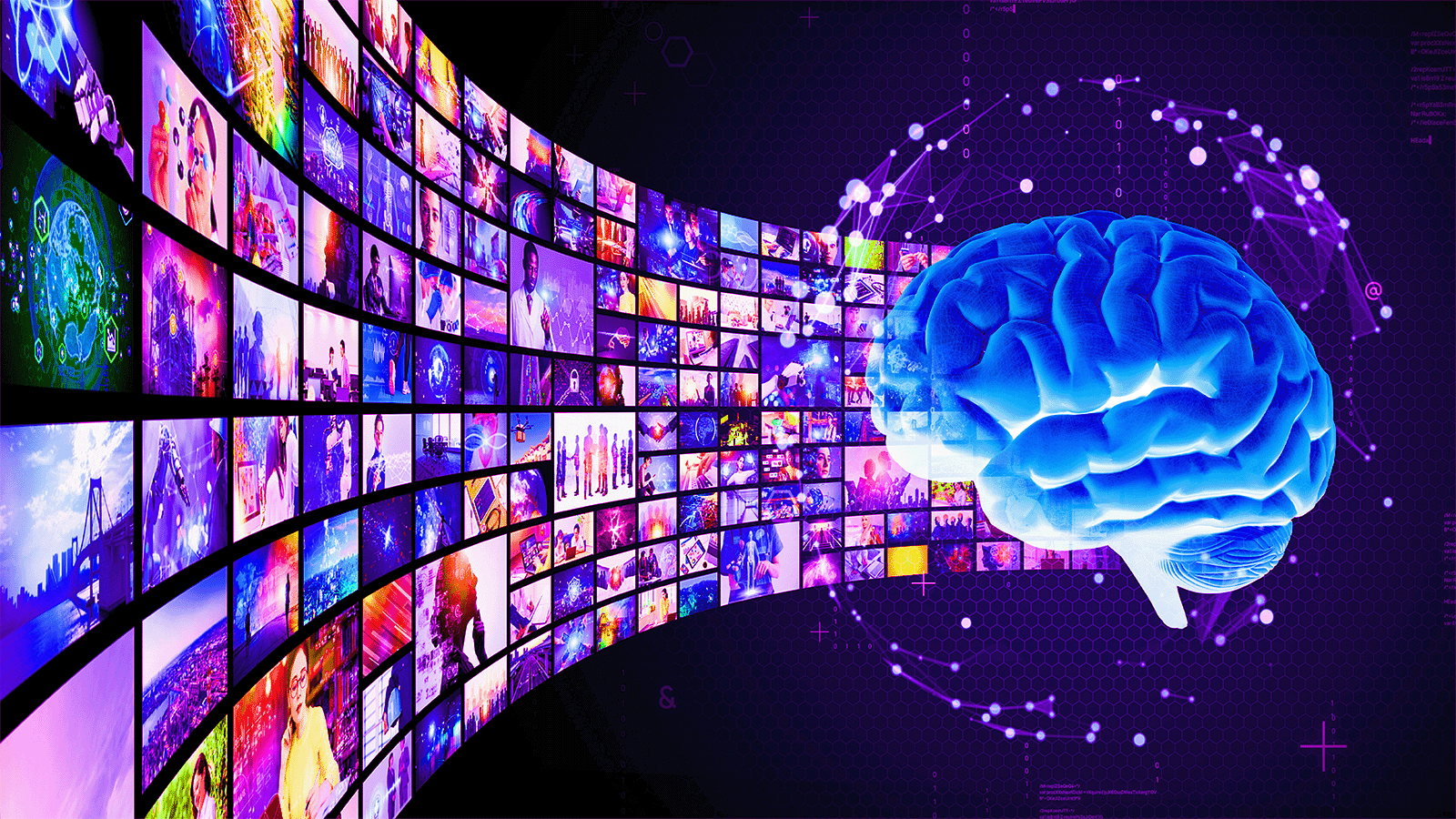Video editing is critical to filmmaking and content creation, requiring skilled editors to transform raw footage into polished and engaging videos. However, with the advent of artificial intelligence (AI) video generators, or generadore de videos IA in Spanish, the future of video editing is undergoing a profound transformation. These advanced tools leverage AI algorithms to automate and streamline the post-production process, offering exciting possibilities for creators.
In this article, we will explore the future of video editing with AI video generators and discuss the implications of automated post-production on the creative industry.
AI Video Generators and Automated Post-Production
AI video generators are revolutionizing the field of video editing by employing AI algorithms to analyze and process raw footage, make intelligent decisions, and generate edited videos automatically. These tools can handle various aspects of post-production, including scene selection, cutting, transitions, visual effects, color grading, and audio enhancement.
By utilizing deep learning algorithms, AI video generators can learn from large datasets of professionally edited videos, understanding patterns, aesthetics, and storytelling techniques. This knowledge allows them to make intelligent decisions while editing, producing visually appealing videos that align with specific styles or match desired creative visions.
Streamlining the Editing Process
One of the primary advantages of AI video generators in automated post-production is the ability to streamline the editing process. These tools can analyze hours of raw footage, identify key moments, and select the best shots based on various criteria, such as composition, facial expressions, and movement. This automated selection significantly reduces the time and effort required for editors to review and manually select clips, allowing them to focus on higher-level creative decisions.
AI video generators also excel in automating repetitive tasks such as cutting and transitions. They can detect scene changes, remove unwanted sections, and seamlessly blend shots, resulting in smooth and cohesive video edits. This automation saves time, ensures consistency, and reduces human errors that may occur during manual editing.
Enhancing Visual Effects and Quality
Automated post-production with AI video generators enhances visual effects and video quality. These tools can intelligently apply visual effects, filters, and color-grading techniques to footage, providing a polished and professional look. AI algorithms analyze the visual elements within the footage, recognizing lighting conditions, objects, and scenes and making adjustments to enhance the overall visual appeal.
Additionally, AI video generators can address common issues in video quality, such as noise reduction, stabilization, and image enhancement. By leveraging machine learning algorithms, these tools can identify and reduce noise, stabilize shaky footage, and enhance details, resulting in visually pleasing and high-quality videos.
The Role of Human Creativity
While AI video generators offer exciting possibilities for automated post-production, the role of human creativity remains essential. These tools are designed to assist and enhance the creative process, not replace human editors. Human editors bring a unique artistic vision, storytelling abilities, and subjective judgment to the editing process, adding an irreplaceable human touch to the final product.
AI video generators are most effective when used in collaboration with human editors. Creators can leverage the efficiency and automation provided by these tools to expedite the editing process and focus on higher-level creative decisions. Human editors can then refine and fine-tune the output of AI video generators, ensuring the videos align with the intended narrative and artistic vision.
Ethical Considerations and Future Directions
As AI video generators and automated post-production use become more prevalent, ethical considerations and challenges arise. Copyright infringement, privacy concerns, and bias in generated content are critical issues that must be addressed responsibly. Creators must ensure compliance with legal and ethical standards, respect intellectual property rights, and be aware of potential biases introduced by AI algorithms.
The future of video editing lies in the continued development and refinement of AI video generators. As technology advances, these tools are expected to become more sophisticated and capable of understanding complex creative intentions. Future advancements may include better contextual understanding, improved dialogue recognition, and enhanced collaboration between AI algorithms and human editors.
Conclusion
AI video generators are reshaping the future of video editing through automated post-production processes. These tools streamline the editing process, enhance visual effects, and improve video quality, offering creators new possibilities and increased efficiency. While the role of human creativity remains essential, the collaboration between AI algorithms and human editors holds great potential to revolutionize the editing landscape.
Responsible use and careful consideration of ethical implications are crucial to ensure AI video generators’ continued development and adoption in the creative industry. As technology progresses, automated post-production with AI video generators will continue to redefine the art and craft of video editing.





